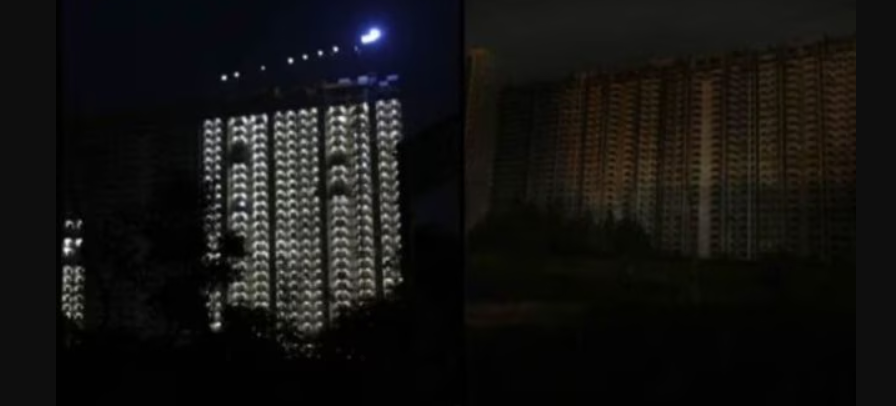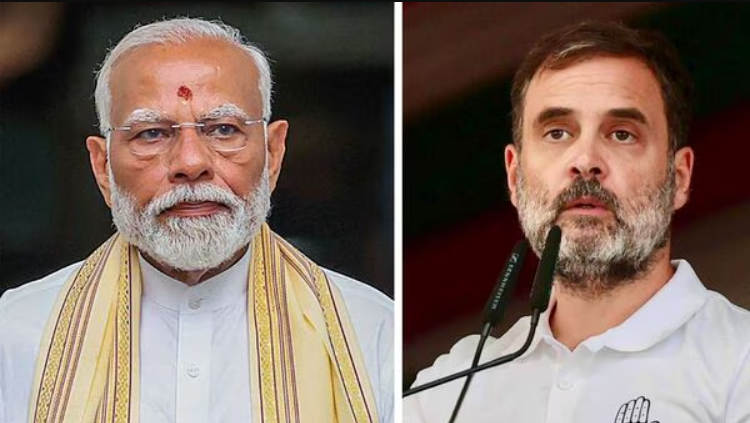BJP vs INDIA, what's the public mood? Who Will Win
May 24, 2025

Keywords: India Pakistan conflict 2025, Indian army counter-offensive, Pakistani drone attack, Jammu missile interception, blackout in Punjab and Gujarat, Operation Sindoor, Indian air defence system, S400, Akash missile system, Article 370 tensions, terrorist attack in Pahalgam
On the night of May 8, 2025, the Indian Armed Forces launched a strategic counter-offensive operation after Pakistani drones and missiles attempted to strike key Indian military facilities in Jammu, Pathankot, Udhampur, and other areas across the western and northern frontiers.
In response to the attack, the Ministry of Defence confirmed that India used both kinetic and non-kinetic defence measures to intercept and neutralize the threats. No casualties or material damage were reported.
To prevent detection and ensure safety, blackouts were imposed in over 15 cities, including Srinagar, Chandigarh, Bhuj, Amritsar, Pathankot, and Sriganganagar. Residents in border towns of Punjab, Rajasthan, Jammu & Kashmir, and Gujarat were advised to stay indoors and turn off all lights.
Earlier on Thursday, Indian forces had reportedly targeted Pakistani air defence systems in Lahore and other regions. The Indian Air Force neutralized several radar sites as part of a precision operation.
In retaliation, Pakistan launched eight missiles toward military zones in Jammu, including Satwari, Samba, RS Pura, and Arnia. All were intercepted by India’s air defence systems.
India activated its Integrated Counter UAS (Unmanned Aerial Systems) Grid, supported by advanced missile systems including:
S400 Triumf
Barak 8 MRSAM
Indigenous Akash Missile System
This air defence umbrella ensured zero penetration of hostile drones or missiles into Indian territory.
The Jammu and Srinagar airports were placed on high alert. In border areas such as Rajouri, Poonch, and Akhnoor, heavy shelling from the Pakistani side was reported.
In Gujarat, Kutch district witnessed blackouts and drone sightings. The Border Security Force (BSF) confirmed multiple drone intrusions, which were effectively intercepted.
Union Home Minister Amit Shah spoke to top officials of CRPF, BSF, CISF, and SSB to monitor the situation. He emphasized full coordination between paramilitary forces and local police to manage any emergency.
Sources suggest this coordinated response may be part of a larger Indian military operation, possibly named Operation Sindoor, aimed at preemptively neutralizing terrorist infrastructure and air defence systems across the border.
This escalation comes in the backdrop of increasing tensions following the revocation of Article 370, heightened infiltration attempts from Pakistan-occupied Kashmir (PoK), and recent terror activities in Pahalgam, Jammu and Kashmir.
Indian authorities believe the drone strikes may be linked to groups retaliating for anti-terror operations carried out by India in border regions.
As of now, the situation remains tense but under control. India’s swift and sophisticated military response prevented damage and demonstrated the effectiveness of its modern air defence systems.
With blackouts lifted and surveillance ongoing, citizens are urged to remain alert, follow official advisories, and avoid spreading misinformation.
"India responds with military counter-offensive after Pakistani drone and missile attack on May 8, 2025. Cities across Punjab, Jammu, and Gujarat face blackouts; all threats neutralized."

May 24, 2025

May 24, 2025

May 24, 2025

May 24, 2025

May 24, 2025

May 24, 2025

May 24, 2025

May 24, 2025

May 24, 2025

May 24, 2025